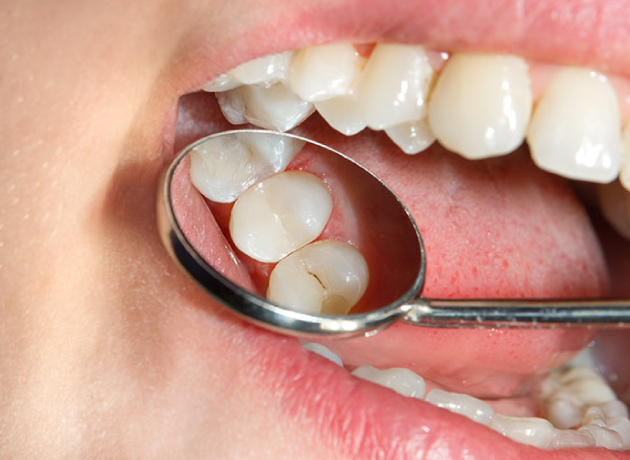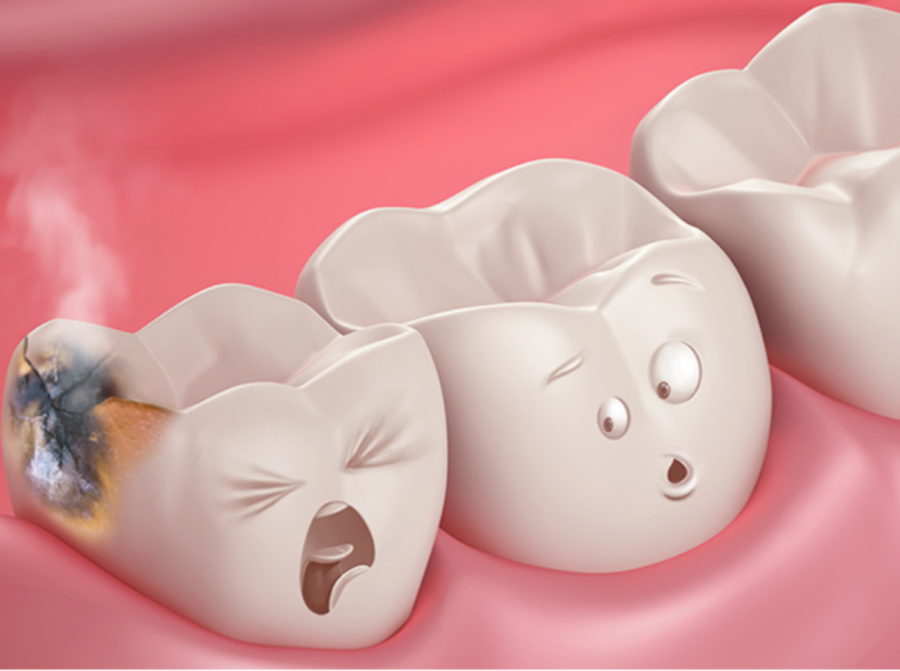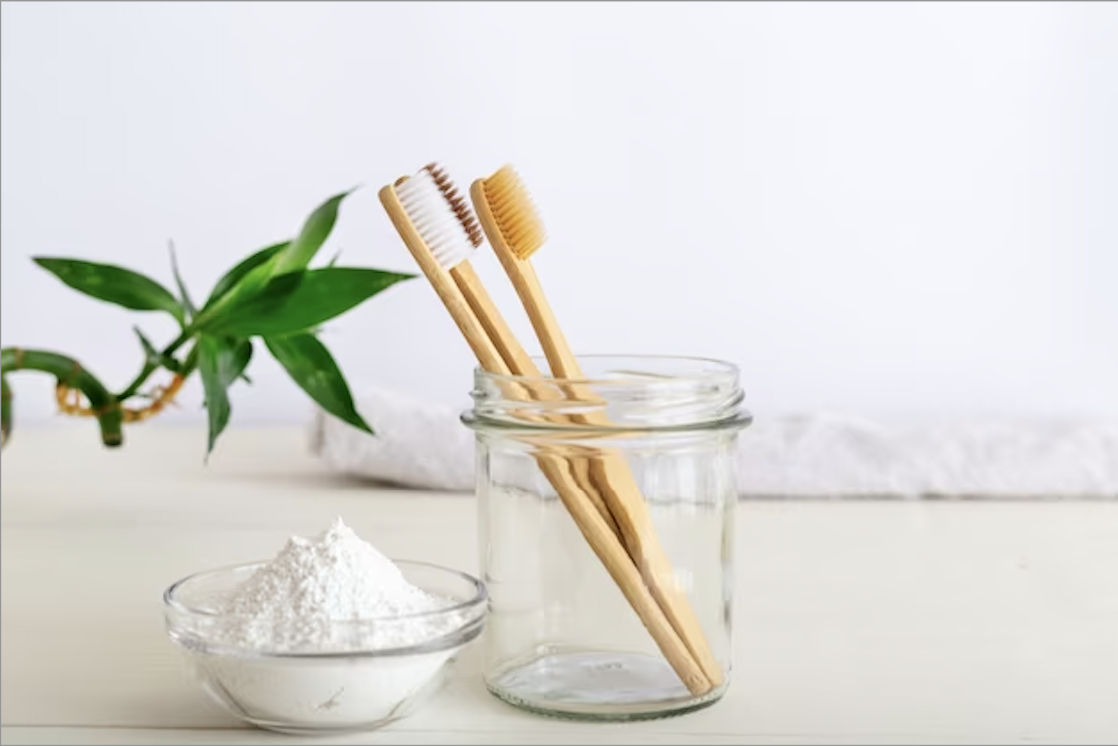Imagine this: Your teeth are the unsung heroes of your everyday struggle, fighting tooth decay and cavities day in and day out. However, in spite of their heroic efforts, they occasionally require an additional layer of defense. Presenting Dental Varnish, the unsung hero of the dental world. Let’s explore the function and design of this amazing barrier that maintains the best possible condition for your teeth as we embark on this adventure into the world of oral health.
What is Dental Varnish?
A specific protective layer called dental varnish is put on the outside of teeth. Fluoride, which is made up of a varied combination of chemicals, is the main attraction. Dental varnish is mostly composed of this mineral, which gives it the ability to strengthen enamel and protect teeth from decay by acting in different amounts.
The Composition Symphony
Dental varnishes may also include solvents, resins, and other active ingredients in addition to fluoride. These elements combine to form a cohesive mixture that clings to teeth and gradually releases its shielding qualities. Consider it a well-made concoction designed to fortify and protect your teeth against the assaults of dental enemies.
How Dental Varnish Differs from Other Dental Treatments
Sealants versus dental Varnish
Although they both seek to shield teeth, sealants and dental varnish are not the same. Dental varnish is a liquid that is immediately put on the surface of teeth to form a barrier of protection. Conversely, sealants are a thin layer of plastic that is placed on the molar and premolar chewing surfaces. It effectively fights decay by releasing active substances like fluoride, whereas sealants only offer a physical barrier.

Dental Varnish against Toothpaste with Fluoride
It is a more effective tool in the fight against cavities than fluoride toothpaste, which is a reliable ally. Although brushing with fluoride toothpaste provides everyday protection against decay, dental varnish delivers a concentrated and long-lasting fluoride burst. Together, they provide an effective defensive strategy for your oral fortress.
Varnish on teeth against fillings
After the harm is done, fillings take over to treat cavities by replenishing the lost tooth material. On the other hand, dental varnish is a preventative measure that stops cavities before they start. It’s the distinction between strengthening the castle walls prior to a siege and reconstructing them following one.
Purpose of Dental Varnish
Dental varnish is a powerful shield that fortifies your dental fortress against the constant onslaught of deterioration and cavities. It does more than just give your teeth a shiny finish. Let’s examine the various uses that make dental varnish a superhero in the field of oral hygiene.

Protection Against Tooth Decay and Cavities
Dental varnishes main purpose is to serve as a strong barrier, shielding your teeth from the sneaky advances of bacteria that cause decay. Consider it a proactive protector, acting as a sentinel to stop cavities from forming.
Dental varnish changes the environment in the mouth, making it hostile to bacteria that cause cavities. By creating a barrier of resistance on the surface of the tooth, it prevents germs from adhering and growing, upsetting their cunning schemes to undermine your dental defenses.
Strengthening Tooth Enamel
The enamel on your teeth is like a tough suit of armor, yet it is subject to abrasion from the daily grind. As a blacksmith, dental varnish strengthens and fortifies this outer layer of protection.
Dental varnish fluoride content works like magic, encouraging the remineralization of damaged enamel. It appears as though the enamel structure has microscopic reinforcements added to it, strengthening it and improving its resistance to the corrosive effects of acids and plaque.
Role in Reducing Tooth Sensitivity
Tooth sensitivity might sometimes resemble a malfunctioning alarm system. By creating a layer of protection over the exposed dentin, the tooth’s sensitive area, dental varnish has a calming effect. This protects the nerve endings from outside stimuli, relieving pain brought on by stimuli that are hot, cold, or sweet.
The Setup
The Applicator Brush
Goal and Accuracy: When applying dental varnish, the applicator brush is the craftsman’s instrument. This brush’s narrow shape and fine bristles enable it to apply varnish to your teeth’s surfaces with accuracy and control.
Specifically Designed Application: To ensure complete coverage, your dentist paints the dental varnish onto each tooth using the applicator brush. This focused technique is essential for getting into all the nooks and crannies and offering a complete barrier against degradation.
Expertise in the field: Maintaining control over the applicator brush necessitates both a steady hand and an adept eye. The proficiency of your dentist guarantees a uniform application of the varnish, optimising its ability to strengthen your teeth.
Dental Mirror
Getting Around the Terrain: A dental mirror is a tiny, angled mirror that helps your dentist navigate the complex structure of your oral cavity. It allows for an accurate application of varnish since it gives a clear view of the tooth surfaces.
Providing Total Protection: During the process, the dental mirror is a useful tool that helps your dentist see areas that may be difficult to reach directly. It guarantees that every tooth surface is covered in varnish, leaving no space open to decay.
Foam Trays
Tailored Fit: Custom-made foam trays that match the contours of your teeth are essential for providing comfort and efficiency when applying varnish. In order to make trays that perfectly fit each distinct curve, your dentist might take impressions of your teeth.
Equitable Allocation: The foam trays help ensure that the varnish is spread evenly after it has been applied. The trays aid in the varnish’s homogeneous adhesion to all surfaces by softly pressing against the teeth, strengthening its protective effect.
Topical Fluoride Gel
Focus and Power: The main component of dental varnish is a concentrated preparation called topical fluoride gel. The hidden weapon is its high fluoride concentration, which actively promotes enamel remineralization and fortifies it against deterioration.
Use in Strategy: Using the applicator brush, your dentist applies the fluoride gel, placing it strategically on the surfaces of your teeth. By applying the fluoride specifically to the enamel, strength and resistance are imparted.
Conclusion
Dental varnish stands out as a significant part of the epic tale of oral hygiene, a silent defender of your teeth against the dangers of decay. As we come to an end of our investigation into the function and setup of dental varnish, keep in mind that you and your dentist work together to maintain your oral health. Accept the superpowers of dental varnish and allow it to work in tandem with your regular oral hygiene routine. When you have this dynamic pair on your side, your teeth will be strong and beautiful for years to come. That’s it—the dental shield’s hidden protection is revealed. As you exit the dental office with your teeth looking brand new, pause to acknowledge the invisible defense that is now defending your dental kingdom. You deserve nothing less than your teeth—the unsung heroes.






